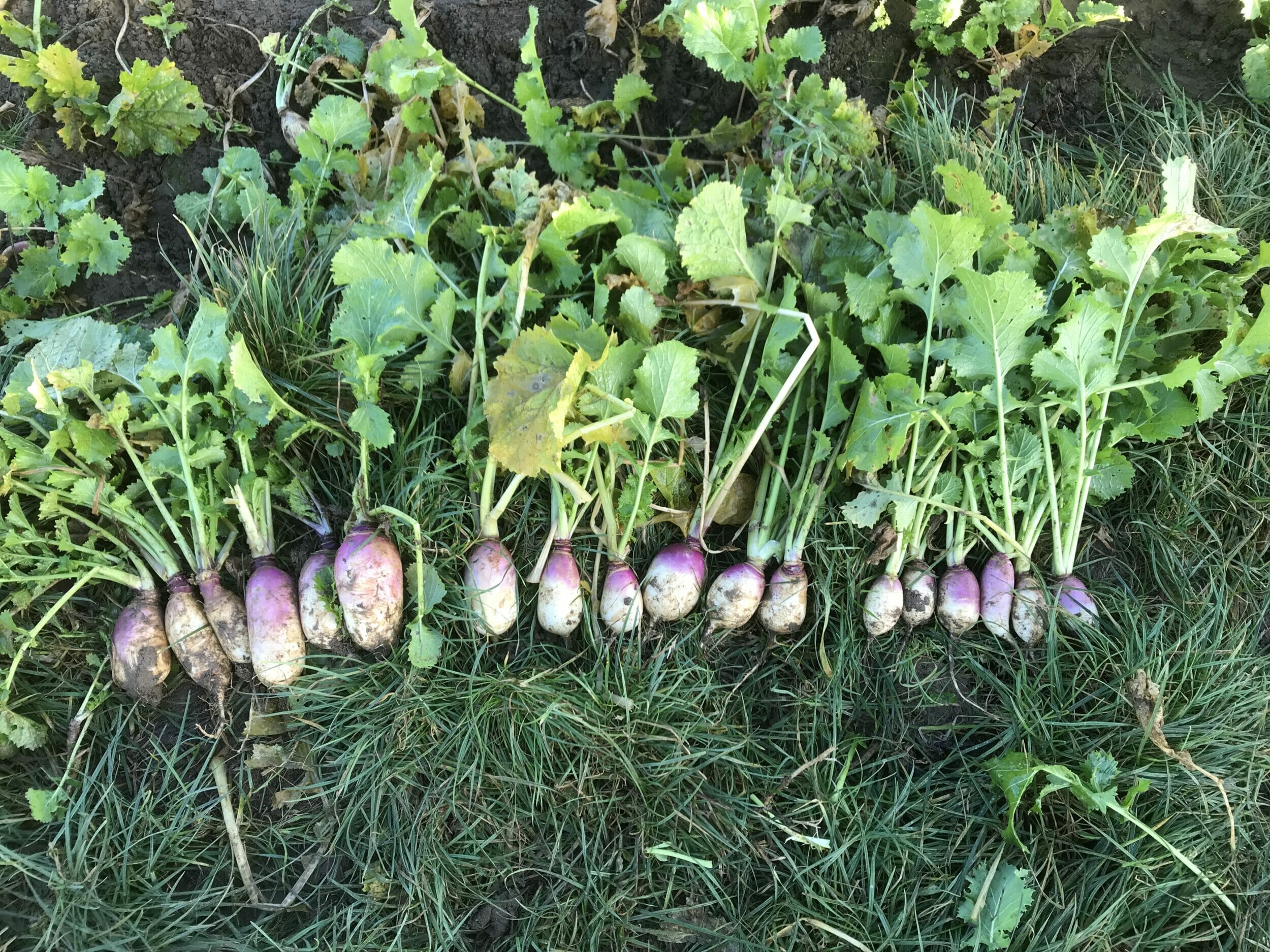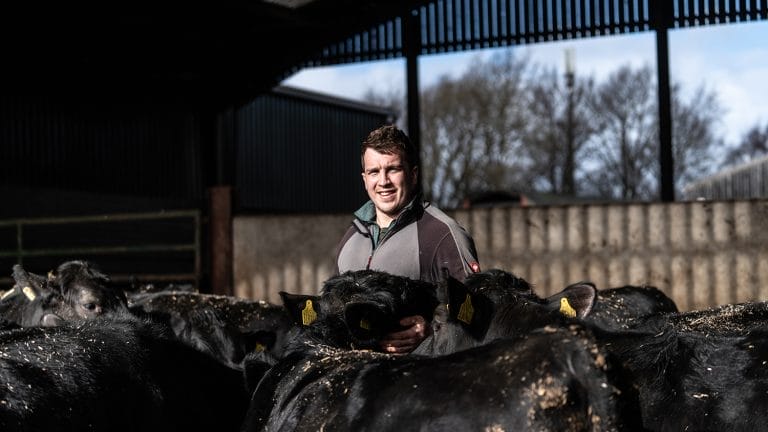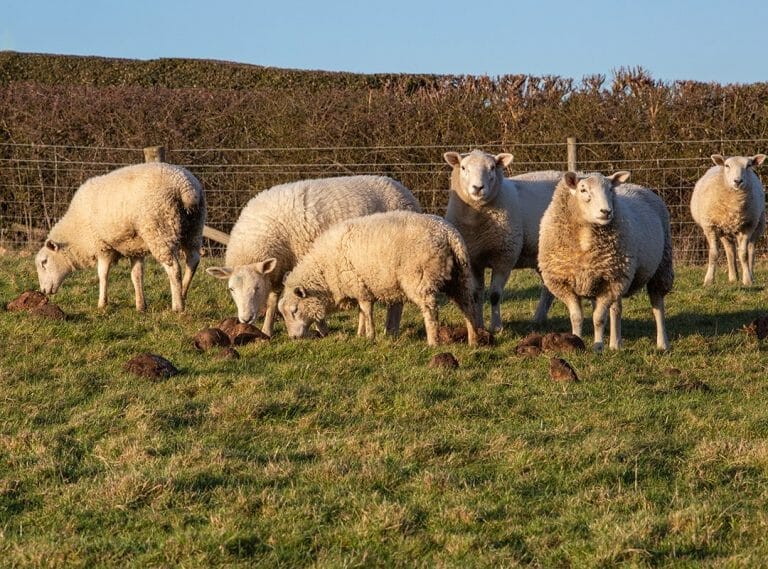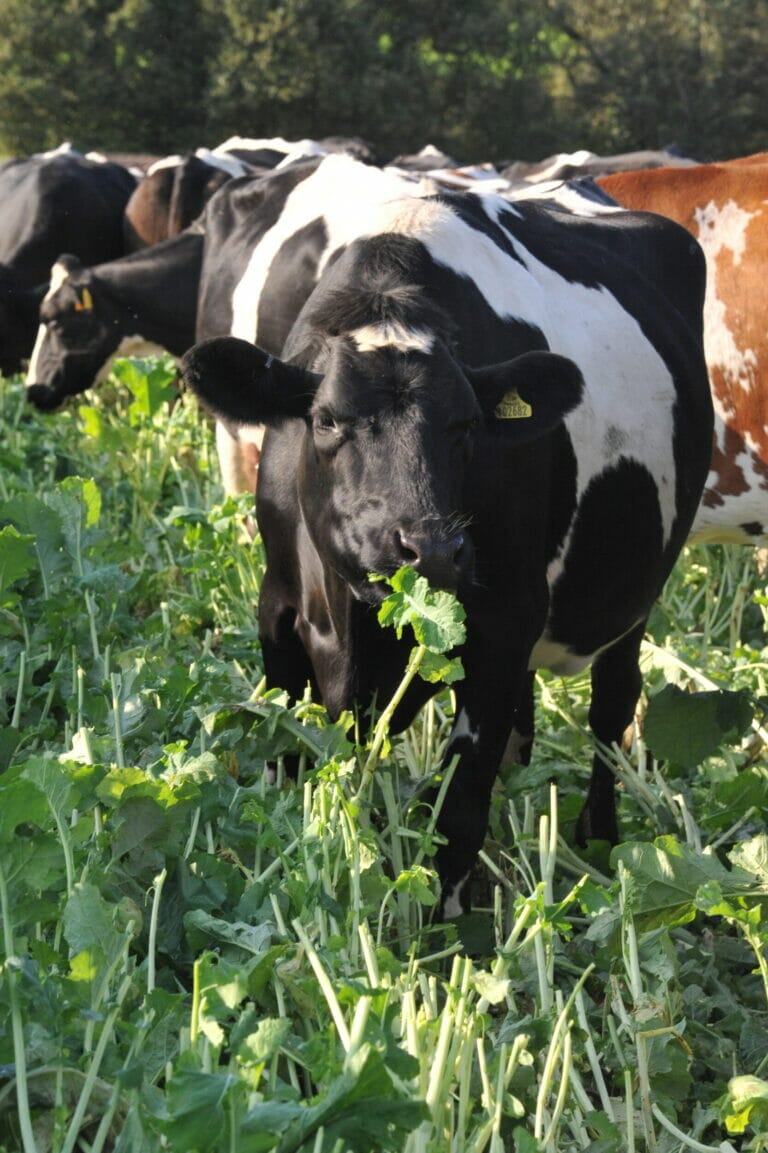High feed value fodder crops sown from May to August can bring a wealth of advantages to beef and dairy units. Not only can they extend the grazing season, by providing a fresh forage in mid summer, but they can provide a valuable break in grass and arable rotations, facilitating pest and disease control and bringing soil health benefits. So, what’s on offer?
“Dairy and beef farmers can sow brassicas, such as forage rape, kale and brassica hybrids, plus stubble turnips, from May to August – or a mixture of the two,” says Limagrain’s forage crop director Martin Titley.
The flexibility of sowing time, fast growth, long grazing season or in some cases harvest options, and their relatively low cost, makes these crops especially attractive. “There’s no doubt farmers are realising the benefits of these crops,” adds Mr Titley.
Rape/kale hybrids like Interval or Unicorn sown in May will be ready to strip graze by dairy or beef cattle 12 or 14 weeks later, so by late August. If grass is running short or the plan is to encourage grass regrowth, then this crop offers a fresh, high feed value forage to graze in situ. It ensures a quality forage is continually available.
Both Interval and Unicorn have been bred for feed value and in Limagrain field trials, where a wide range of commercially available hybrids were compared, they scored highest for relative dry matter yields with Unicorn 11% and Interval 17% above the control. Both hybrids have top scores for mildew resistance too.
“There is also the option of sowing these hybrid brassicas into winter barley stubble. They are really good crops to follow harvest,” adds Mr Titley. “They are easy to grow and benefit from farmyard manure or slurry pre sowing, or an application of 60kg to 90kg of nitrogen with 25kg each of potassium and phosphate per hectare.”
Launched in 2019, Unicorn is a recent addition. Trial results show that this variety is a high energy crop, reliably producing 11 MJ per kilogramme of dry matter, or almost 50,000 MJ per hectare, and a dry matter content of 12.4%. This is a lot of feed value from 12 to 14 weeks of growth.
“Another recent addition to the hybrid brassica range is Skyfall that produces a very fast-growing, leafy and palatable crop for cattle to graze in summer. It produced between 30 and 35 tonnes/ha of a palatable soft-leaved forage in crops sown in July in UK trials.” Mr Titley adds that this crop is unique as it has a deep root enabling it to thrive in drier soils – that can be seen in mid summer – and ‘bounce back’. “So if it’s sown in May, it can be grazed in August then closed up for regrowth before a second grazing period later in the season.”
 Most stubble turnip crops are sown after cereal harvest – at the end of July or beginning of August – and are then ready to graze from October onwards.
Most stubble turnip crops are sown after cereal harvest – at the end of July or beginning of August – and are then ready to graze from October onwards.
“The real benefit of these mid summer sown turnip crops is that they can be fed in autumn and winter,” says Mr Titley. “Forage rape and the hybrid crops are winter hardy and are capable of carrying stock well into January and even early February.”
Brassicas and stubble turnips offer good feed value and their growing and feeding flexibility offer distinct advantages among forage crops. “These summer-sown forages are well worth considering,” he adds. “They can boost home grown forages, especially in a dry or difficult season, and provide a break to break disease cycles and improve soil health.”


































